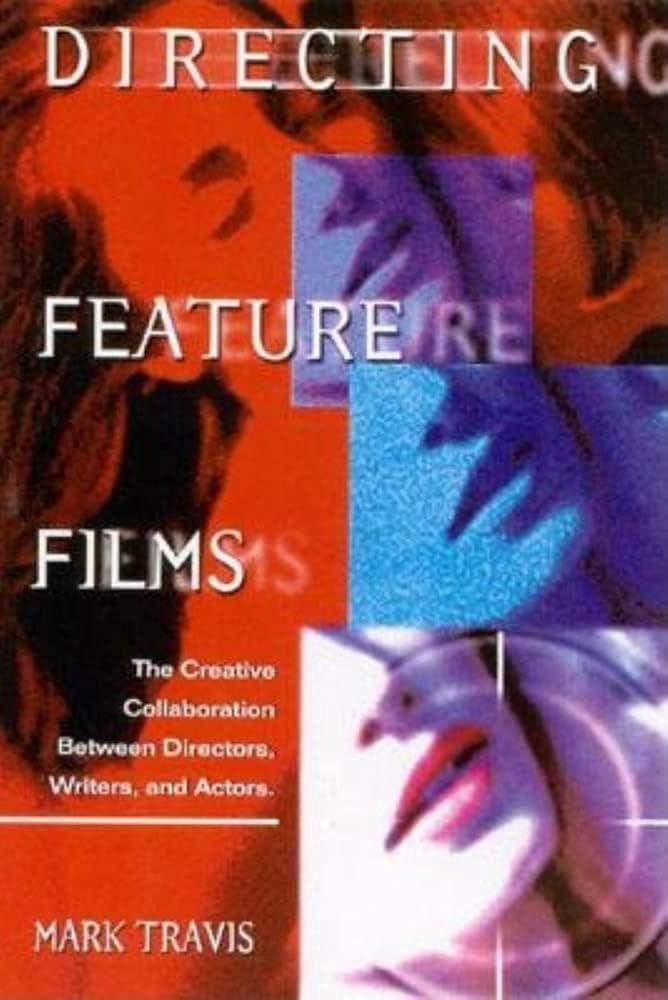step behind the scenes and you’ll find a world brimming with collaboration, creativity, and a sprinkle of cinematic magic. “” peels back the curtain on the engaging dance between actors and directors — a relationship that shapes every memorable moment on screen.Ever wondered how a simple script transforms into a gripping performance or an unforgettable scene? Join me as we explore the dynamic interplay, unspoken cues, and shared inspirations that turn ideas into art. Get ready to discover the secrets behind the collaboration that brings stories to life!
Table of Contents
- The Spark of Collaboration How Ideas Take Flight in Rehearsals
- Unlocking Emotional Depth techniques Every Actor and Director should Try
- Navigating Creative Conflicts Turning Challenges into Artistic Triumphs
- Crafting the Perfect Scene Tips for Seamless Communication on Set
- To Conclude
The Spark of Collaboration How Ideas Take Flight in Rehearsals
Within the walls of a rehearsal room, creativity crackles in the air as actors and directors ignite ideas that transcend the script. This is where the raw energy of imagination blends with disciplined craft, giving birth to unexpected moments of brilliance. Each rehearsal is a playground of discovery, where suggestions aren’t just heard but actively shaped and molded by the collective.The director’s vision sets the stage, but it is the actors’ instincts and interpretations that bring a dynamic, living pulse to the narrative. Conversations ripple across the room, evolving scenes through playful experimentation and thoughtful debate, proving that collaboration is the heartbeat of theatrical magic.
- Spontaneity fuels innovation: quick riffs and last-minute changes often reveal authentic emotional beats.
- Mutual trust empowers risk-taking: Safe creative spaces allow actors to push boundaries without fear.
- Nonverbal cues spark breakthroughs: A glance, a gesture, or a silence can inspire a whole new layer of meaning.
- Shared vulnerability strengthens bonds: Trusting one another deepens the connection on and off stage.
Unlocking Emotional Depth Techniques Every Actor and Director Should Try
Mastering emotional depth is like unlocking a secret vault that holds the heart of any performance. Actors and directors who tap into these profound techniques frequently enough find themselves navigating a rich tapestry of feelings that bring characters vividly to life. From the subtle tremor of restrained sadness to the explosive surge of passion, these moments are crafted through intentional exercises such as:
- Sense memory recall: Reconnecting with personal experiences to ignite authentic emotional responses.
- Mirror improvisation: Using reflection exercises to explore vulnerability in tandem.
- Emotional substitution: Transforming real-life emotions into the character’s circumstances for genuine reactions.
Directors play an equally vital role, shaping this emotional palette by fostering a collaborative environment where actors feel safe to experiment and dissect their feelings. Their guidance often involves subtle tweaks — a soft tone here, a intentional pause there — which can pivot a scene from ordinary to remarkable. Together, they create a dance of trust, where vulnerability becomes the currency of storytelling, capturing layers of complexity that resonate long after the curtain falls.
Navigating Creative Conflicts Turning Challenges into Artistic Triumphs
When creative minds collide on set, sparks fly—sometimes in the form of tension, but more frequently enough as opportunities for discovery. The beauty of collaboration lies in the willingness of both actors and directors to embrace differing visions without letting ego overshadow the ultimate goal: storytelling that resonates. It’s a delicate dance where listening becomes an act of courage,and compromise is not surrender but a synthesis of ideas. The moments of friction often reveal underlying passions, fueling a transformative process that elevates the project beyond what either party could have achieved alone.
What truly turns conflict into creative gold is a shared commitment to exploration. Consider these key ingredients for navigating artistic differences:
- Open-minded experimentation: Trying alternate approaches without fear of failure.
- Empathetic communication: Understanding the emotions behind choices rather than just the choices themselves.
- Mutual respect: Valuing the partner’s expertise as much as one’s own.
These elements foster a production environment where challenges become stepping stones. Through patient negotiation and inspired collaboration, what once seemed like a creative clash can blossom into a dynamic synergy—resulting in performances and directorial decisions that feel remarkably authentic and alive.
Crafting the Perfect Scene Tips for Seamless Communication on Set
Seamless communication on set is the invisible thread that weaves together the visions of actors and directors into one coherent masterpiece. To achieve this, clarity and openness become essential allies. Directors must articulate not just the ‘what’ but the ‘why’ behind every creative choice, inviting actors into a collaborative dialog rather than issuing directives. Meanwhile, actors enhance the process by sharing their interpretations and emotional connections to the character, fostering a two-way exchange that breathes authenticity into each scene.
establishing common ground doesn’t stop at words; it’s about cultivating an environment where feedback flows freely, and adaptability reigns. Here are some practical habits that elevate communication into a collaborative art:
- Active Listening: fully engaging with each other’s ideas without immediate judgment.
- Nonverbal Cues: Recognizing body language to gauge comfort and understanding.
- Regular Check-ins: Brief, intentional pauses to ensure alignment on emotional beats and technical details.
- Open-Ended Questions: Encouraging exploration instead of yes/no answers to deepen scene nuance.
To Conclude
as we peel back the curtain on the collaborative dance between actors and directors, it’s clear that the magic we see on screen or stage is never the product of a single mind — but a dynamic conversation, a delicate balancing act of vision and interpretation. Each rehearsal, each candid moment, each creative risk builds a world that feels alive and real. So next time you catch a film or play, remember: behind every unforgettable performance is a hidden story of teamwork, trust, and shared creativity. And that’s where the true enchantment lies. Curious to see how your favorite scenes came to life? Keep exploring the fascinating interplay that brings stories from script to heart.

